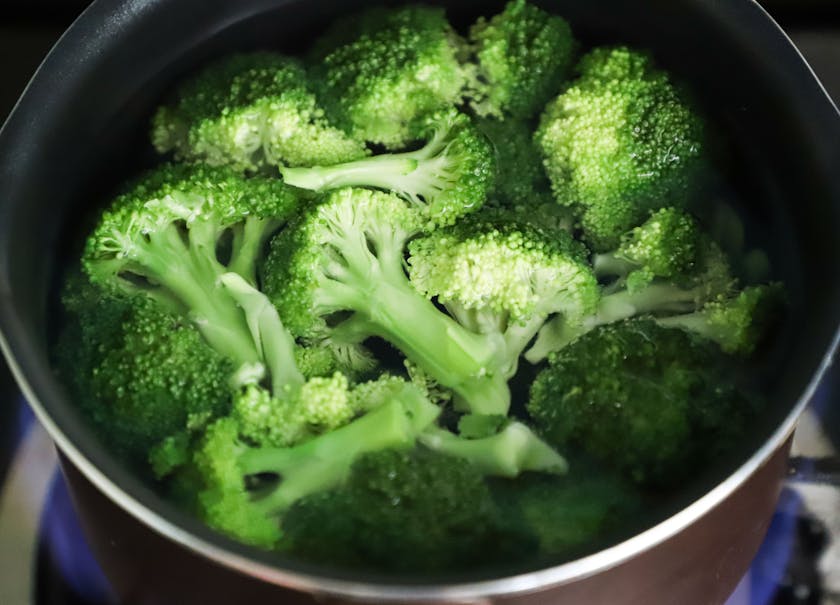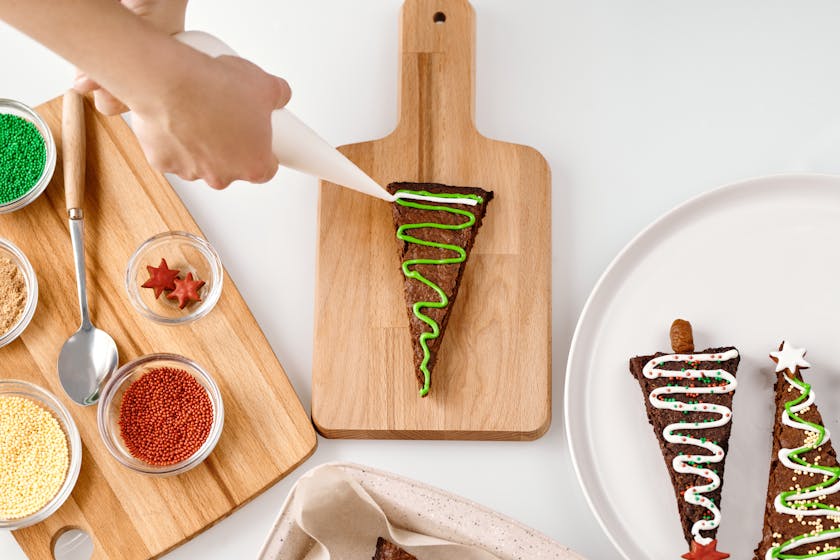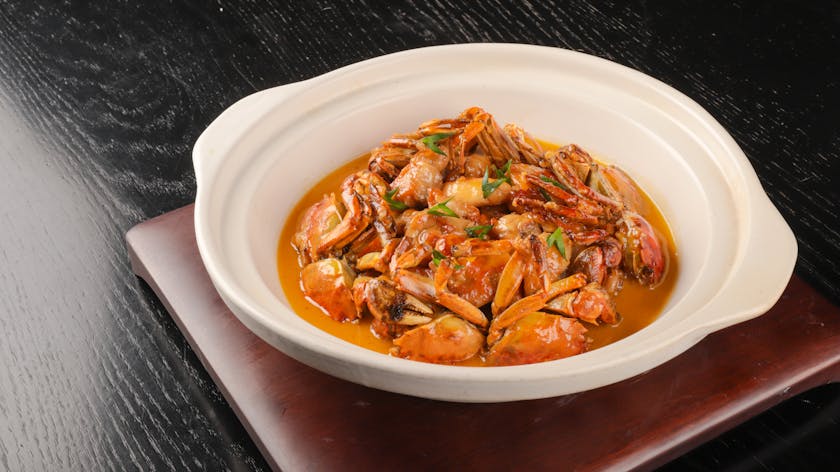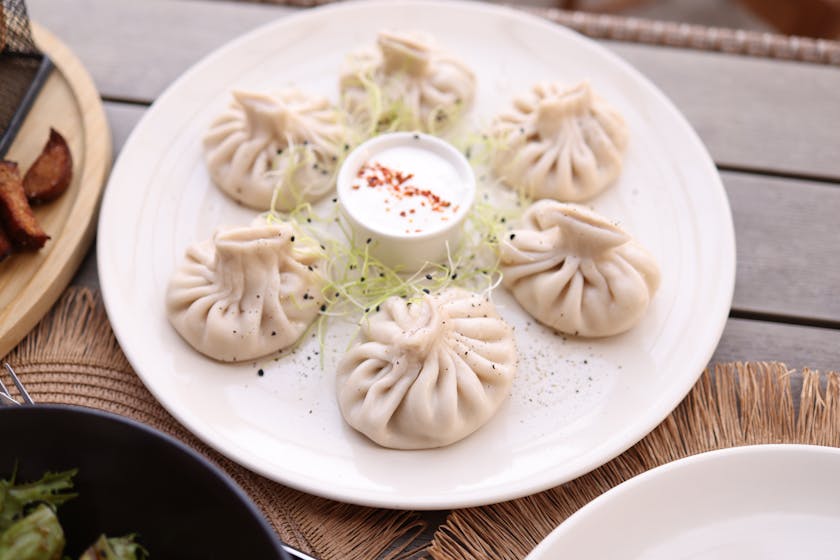If you’re considering adopting a once-a-month cooking strategy, planning and executing a vegetarian monthly cooking schedule can streamline your meal prep and ensure you always have a healthy, home-cooked meal on hand. With a bit of preparation and forethought, you can save time, reduce stress, and enjoy a variety of delicious plant-based dishes throughout the month.
Understanding the Basics of Once-a-Month Cooking
Once-a-month cooking, also known as freezer cooking or batch cooking, involves setting aside one day to prepare and cook a large quantity of meals that can be frozen and reheated over the course of the month. This approach is not only a time-saver but also a budget-friendly way to eat healthily.
Benefits of a Vegetarian Monthly Cooking Schedule
Embracing a vegetarian diet offers numerous health benefits, and when combined with a once-a-month cooking plan, it can also contribute to a more sustainable lifestyle. This method minimizes food waste, reduces the frequency of grocery shopping trips, and can help you avoid the pitfalls of fast food on busy days.
Step 1: Planning Your Vegetarian Menu
Start by selecting a variety of vegetarian recipes that freeze well. Think about incorporating a mix of legumes, whole grains, and a rainbow of vegetables to ensure balanced nutrition. Consider dishes like vegetarian chili, lentil soups, veggie lasagnas, and curries. Plan for different types of meals, such as entrees, soups, and sides, to keep your diet interesting.
Creating a Detailed Shopping List
Once you have your recipes, make a comprehensive shopping list. Group items by category to make your shopping trip more efficient. Don’t forget to include storage materials like freezer bags and containers.
Step 2: Setting Up Your Kitchen for Success
Before the big cooking day, ensure your kitchen is organized. Clean your workspace, check that you have all necessary utensils and appliances, and clear out enough freezer space for the month’s meals.
Prepping Ingredients in Advance
Wash, chop, and measure out ingredients the day before to save time. Consider roasting or sautéing vegetables in large batches to use in multiple recipes.
Step 3: Executing Your Cooking Day
On cooking day, start with the recipes that take the longest or that can cook unattended, like stews and baked dishes. While those are cooking, work on quicker recipes or those that require more hands-on time. Be sure to label each dish with the date and reheating instructions before freezing.
Maintaining Food Safety
It’s crucial to cool your dishes properly before freezing to prevent bacterial growth. Spread hot food out on baking sheets or use an ice bath to cool soups and stews more quickly.
Step 4: Organizing and Storing Your Meals
Use a first-in, first-out system in your freezer to keep track of what dishes you’ve made. This method ensures you use the oldest meals first and enjoy the best quality.
Reheating and Enjoying Your Meals
Most frozen meals can be reheated in the oven or microwave. For best results, thaw meals in the refrigerator overnight before reheating. This reduces cooking time and ensures even warming.
There you have it—a comprehensive guide to planning and executing a vegetarian monthly cooking schedule. With this strategy, you’ll have delicious, nutritious meals at your fingertips, giving you more time to enjoy the things you love.



